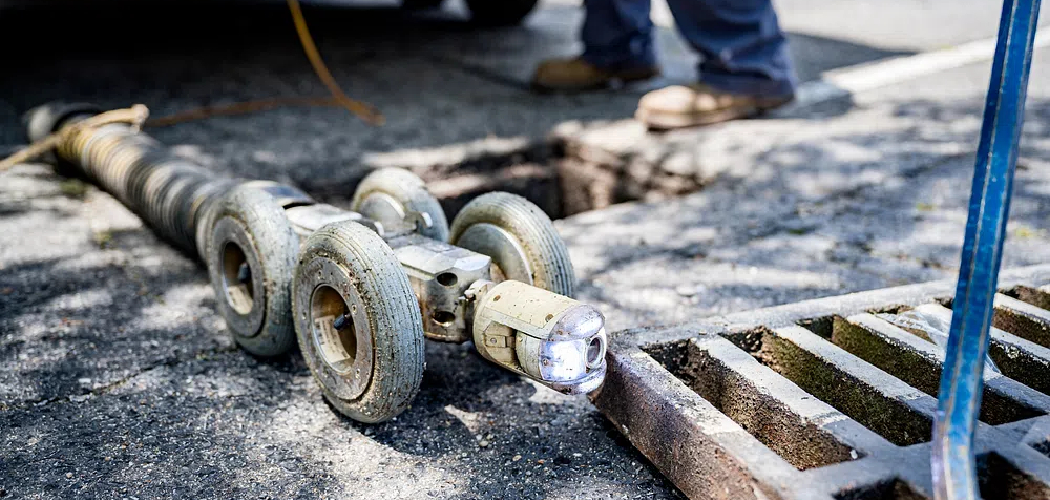Are you tired of dealing with clogged and smelly drain pipes? Keeping your drain pipes clean is essential to maintaining a healthy and functional plumbing system. Follow these tips to prevent blockages and keep your drain pipes running smoothly.
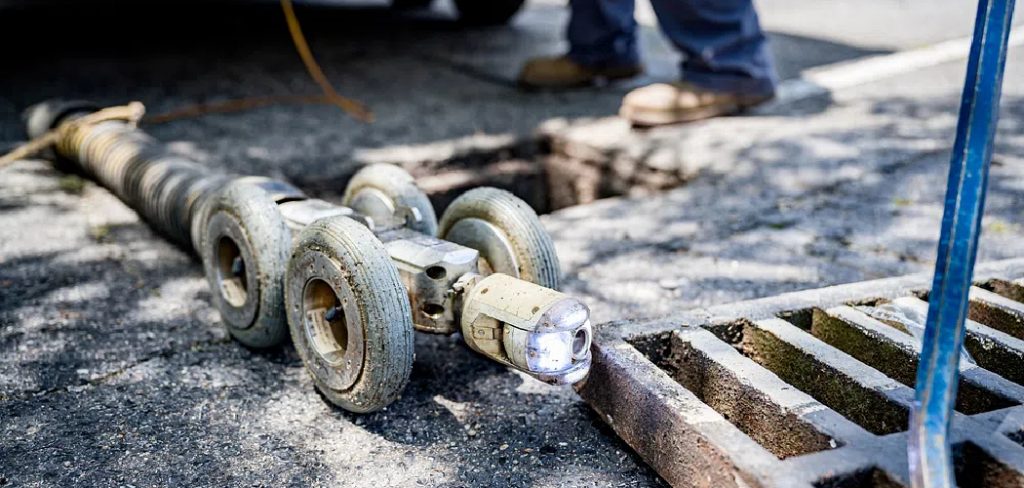
How to keep drain pipes clean is essential for maintaining a healthy and efficient plumbing system in your home. Over time, various substances such as grease, food particles, soap scum, and hair can accumulate in the pipes, leading to clogs and unpleasant odors. Regular maintenance not only helps prevent blockages but also extends the lifespan of your plumbing.
In this guide, we will explore effective methods and tips for keeping drain pipes clean and ensuring that your plumbing system functions smoothly and efficiently. Let’s dive in!
What Will You Need?
Before we start, gathering all the necessary tools and materials for cleaning your drain pipes is important. Here are some items you may need:
- Rubber gloves
- A plunger or drain snake
- Baking soda and vinegar
- Boiling water
- Chemical drain cleaner (optional)
Keep a bucket and some old towels handy in case of any spills or messes.
10 Easy Steps on How to Keep Drain Pipes Clean
Step 1. Boil Water:
Begin by boiling a large pot of water. This simple yet effective method can help dislodge grease and soap buildup within your drain pipes. Carefully pour the boiling water directly down the drain in stages to ensure it has time to work through the debris effectively. Repeat this process a couple of times for optimal results.
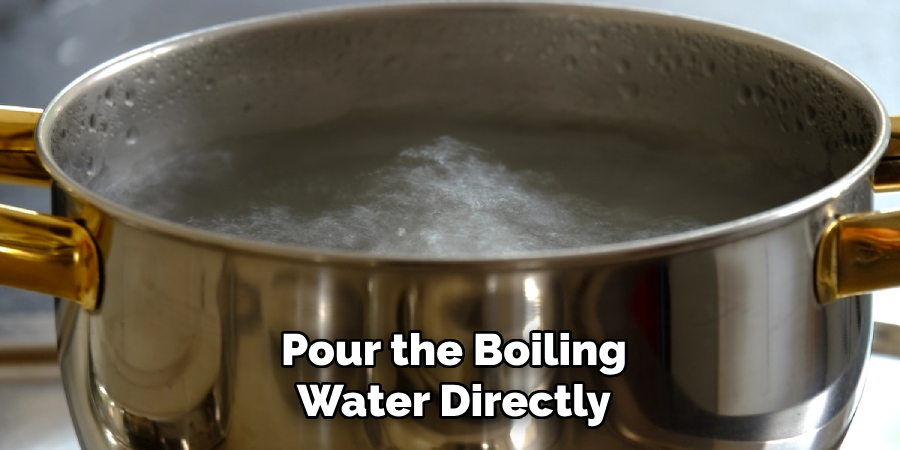
Step 2. Use Baking Soda and Vinegar:
Once you’ve poured in the boiling water, it’s time to tackle the grime with baking soda and vinegar. Start by measuring about half a cup of baking soda and pour it directly into the drain. This natural abrasive will help break down debris or buildup inside your pipes. After the baking soda, follow it up with half a cup of vinegar. The reaction between the two will create a fizzing action that can dislodge stubborn clogs and neutralize odors.
Allow the mixture to sit in the drain for at least 30 minutes; for more challenging clogs, leaving it overnight can yield even better results. Finally, flush the drain with hot water to clear away any remaining residue and to keep your pipes fresh and clean. This eco-friendly method is practical and gentle on your plumbing system compared to harsh chemical alternatives.
Step 3. Use a Plunger:
If your drain is still sluggish after the baking soda and vinegar treatment, it’s time to bring out the plunger. Position the plunger over the drain opening, ensuring a tight seal. With a firm grip, push down and pull up in a rhythmic motion for about 15-20 seconds. The suction created can help dislodge any remaining clogs lodged deeper within the pipes. After plunging, run hot water down the drain to flush out any dislodged debris. This step benefits sink and toilet clogs that have resisted earlier methods.
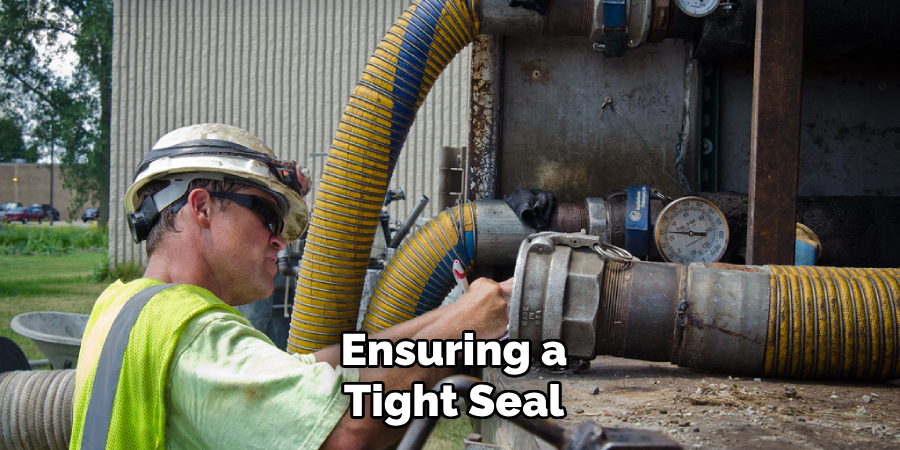
Step 4. Use a Drain Snake:
If plunging does not resolve the issue, a drain snake can be a more practical solution for stubborn clogs. Insert the end of the drain snake into the drain until you encounter resistance, indicating you’ve reached the clog. Once there, rotate the handle to break up the debris or hook it onto it. Carefully pull the snake back out, bringing the blockage with it. After using the drain snake, flush the drain with hot water to remove any remaining particles. This method benefits serious clogs in deep pipes within the plumbing system.
Step 5. Clean the P-Trap:
The P-trap is the curved pipe underneath your sink, designed to catch debris and prevent sewer gases from entering your home. Over time, this area can accumulate buildup that may contribute to clogs. To clean the P-trap, first, place a bucket underneath it to catch any water or debris. Carefully unscrew the trap from the pipe connections and detach it. Clear out any accumulated material inside the trap using a brush or a cloth. Once clean, reassemble the P-trap and run hot water through it to ensure everything flows correctly. Regular checks of the P-trap can help maintain your drain’s performance and prevent more giant clogs from forming.
Step 6. Prevent Hair Buildup:
Hair is a common culprit for drain clogs, especially in bathroom sinks and showers. To prevent hair from causing blockages, consider using a drain cover or hair catcher. These simple tools will catch hair before entering the plumbing system, making it much easier to maintain clean drains. Regularly remove the collected hair from the catcher to keep it practical. Additionally, establish a routine of cleaning the drains weekly to remove any hair or debris that accumulates on the surface, further reducing the chances of clogging. Implementing this preventive measure can significantly lessen the burden of clogs over time.
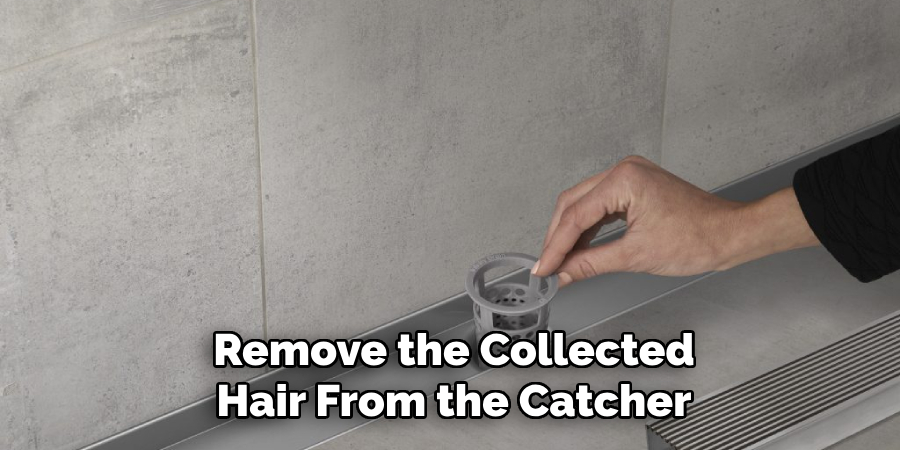
Step 7. Avoid Pouring Grease Down the Drain:
One significant way to maintain clean drain pipes is to prevent grease from entering the plumbing system in the first place. Grease can solidify and accumulate in the pipes, leading to severe clogs. To avoid this, always dispose of cooking oils, fats, and grease in the trash rather than pouring them down the drain. Consider using a container to collect grease while cooking and sealing it tightly before throwing it away. Adopting this simple habit can significantly reduce the chances of grease-related blockages in your drains.
Step 8. Regularly Inspect Your Drains:
Regular inspections of your drains can help you identify potential issues before they escalate into significant clogs. Take the time to visually examine your drains, checking for any signs of slow drainage, unpleasant odors, or visible buildup around the edges. Use a flashlight to look into deeper areas of your plumbing wherever possible. If you notice any trouble spots, address them promptly using the methods outlined in this guide. Additionally, scheduling professional plumbing inspections at least once a year can provide further peace of mind and ensure your plumbing system operates at its best. Regular maintenance can go a long way in prolonging the lifespan of your pipes and reducing emergency repair costs.
Step 9. Use Enzyme Cleaners:
Consider using enzyme cleaners for ongoing maintenance and to combat potential clogs before they occur. These environmentally friendly solutions contain natural enzymes and bacteria that break down organic material in your drains, such as food particles, grease, and hair. To use an enzyme cleaner, simply follow the instructions on the label for the correct dosage and application method. Typically, you’ll need to pour the cleaner down the drain and allow it to sit for several hours or overnight to work effectively. Incorporating enzyme cleaners into your routine—approximately once a month—can help keep your drains free-flowing and minimize the risk of future clogs.
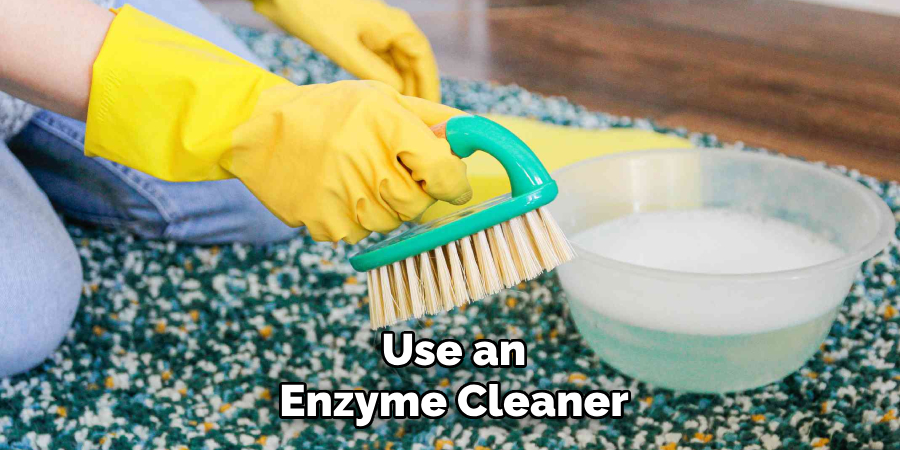
Step 10. Consider Professional Help:
If you’ve tried all the methods outlined and your drains still need to be fixed, it may be time to seek professional assistance. Licensed plumbers have the expertise and technology to diagnose and address plumbing issues that may be beyond the capabilities of standard DIY methods. They can perform more advanced techniques such as hydro jetting, which uses high-pressure water to clear stubborn clogs, or camera inspections to identify underlying issues within the plumbing system. Investing in professional help can save you time and prevent further damage to your pipes, ensuring your drainage system remains in optimal condition.
By following these ten steps, you can effectively maintain clean and functional drain pipes in your home. Remember to employ preventive measures, conduct regular inspections, and seek professional assistance when necessary for the best results.
5 Things You Should Avoid
- Ignoring Minor Issues: Small problems like slow drainage or unusual sounds can signal more significant issues. Address them promptly to prevent escalation into major clogs.
- Using Chemical Drain Cleaners: Harsh chemical drain cleaners can damage pipes over time and may not effectively resolve deep blockages. Opt for safer methods, such as enzyme cleaners.
- Flushing Non-Biodegradable Items: Wipes, cotton balls, and feminine hygiene products should never be flushed down the toilet. They can lead to severe clogs in your plumbing.
- Don’t Use Hot Water to Flush Grease: Never use hot water to flush grease down the drain, as it can cause the grease to solidify and stick to your pipes.
- Skip DIY Methods for Major Clogs: If you’re dealing with a significant blockage, it’s best to seek professional help rather than attempting to fix it yourself. This can prevent further damage and save you time and money in the long run.
By following these tips and avoiding common mistakes, you can maintain clean and well-functioning drain pipes in your home for years.
Conclusion
Maintaining clean drain pipes ensures a smoothly operating plumbing system and prevents costly repairs.
By following the steps outlined in this guide, including regular inspections, employing preventive measures such as using drain covers, and avoiding the disposal of harmful substances down the drain, you can significantly reduce the risk of clogs. Incorporating eco-friendly solutions like enzyme cleaners into your routine will help break down organic materials and keep your drains flowing freely. Remember, timely intervention of minor issues and professional assistance when necessary can save you time, effort, and money in the long run.
Hopefully, the article on how to keep drain pipes clean and free-flowing has provided you with valuable insights and useful tips to maintain a healthy plumbing system in your home. So, adopt these practices today and ensure clean drain pipes for years!

